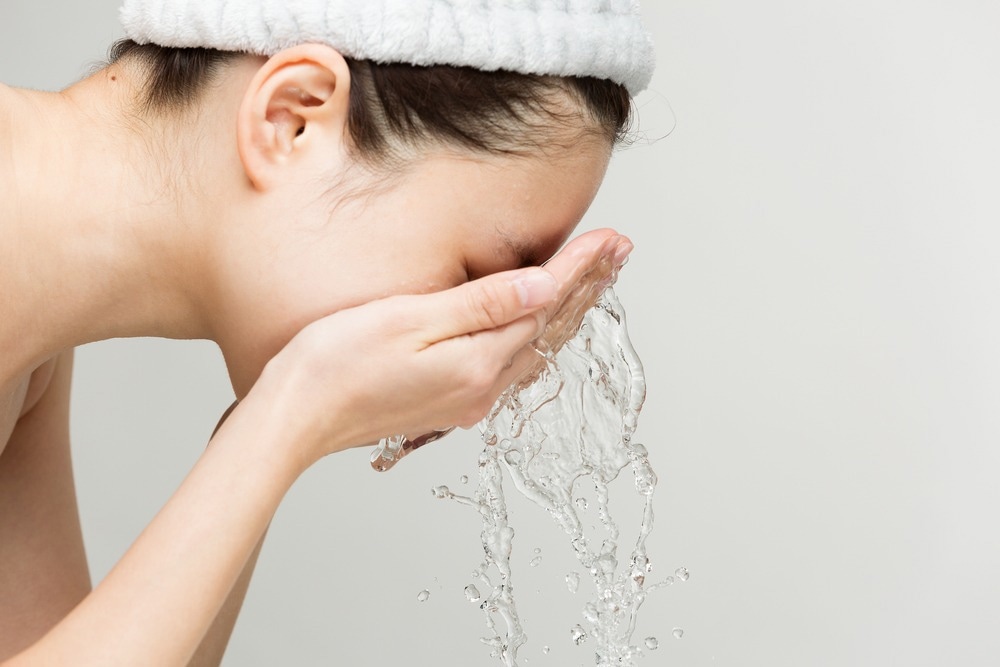In a recent study published in PNAS Nexus, a group of researchers quantitatively investigated the mechanisms by which topical treatments modulate skin sensory perceptions, linking biomechanical changes in the skin to activation of cutaneous mechanoreceptors and subsequent neural signaling and correlating these changes to subjective sensory experiences reported by individuals.
 Study: Sensory neuron activation from topical treatments modulates the sensorial perception of human skin. Image Credit: kei907/Shutterstock.com
Study: Sensory neuron activation from topical treatments modulates the sensorial perception of human skin. Image Credit: kei907/Shutterstock.com
Background
Human skin receptors, particularly mechanoreceptors, play a critical role in transducing various stimuli, impacting perceptions of changes in the skin. Research revealed that topical treatments induce biomechanical changes in the stratum corneum (SC), altering its mechanical state and influencing perceptions of comfort. These findings provide insights into the biomechanical mechanisms shaping skin perceptions, aiding in the refined development and assessment of skincare formulations.
Further research is pivotal to unravel the intricate mechanisms linking mechanical changes in SC to perceptions and sensations, fostering the development of harmonious products and enabling precise predictions of skin responses to treatments.
About the study
The present study embarked on a sensorial perception assessment of human skin, analyzing the effects of various moisturizers and cleansers on participants in France and China. Products were scrutinized by a diverse group of women, who used self-assessment questionnaires to evaluate the sensory attributes of the skincare items post-application. Experiences of skin tightness were especially emphasized and measured via the "Skin Tightness Perception Score," demonstrating the correlation between product use and sensory perception.
SC preparations used full-thickness human abdominal skin samples procured from Caucasian females aged 30 to 90 were obtained and meticulously processed, with all procedures having received prior approval from the institutional review board.
The study emphasized accurate biomechanical characterizations, using controlled conditions and advanced calculations, like Stoney's equation, to examine stresses in the SC. Drying stress profiles were carefully analyzed using a unique setup involving borosilicate glass beams, capacitive sensors, and controlled airflow. These analyses were complemented by rigorous tests involving moisturizers and cleansers.
Multiple repeats on varied donor tissue samples ensured reliability, with standard errors revealing less than 5% variation across treatments and samples. The meticulously regulated conditions and extensive repetitions fortified the validity of the findings.
Study results
The present study observed the effects of skincare treatments on skin, particularly focusing on the SC. Initial measurements revealed control tissue peak drying stress profiles exhibiting stress plateaus between approximately 3-6 MPa, reliant on the donor, aligning with existing literature. Following the application of moisturizers, a noted reduction in drying stress profile was documented, in contrast to an elevation of stresses post-cleanser application. These observations were consistent across different donors, showcasing a universal trend.
To mitigate any biovariability, results were normalized to the control peak stress values, ensuring statistical consistency. It was found that the most effective moisturizing treatments could reduce the peak SC drying stress by around 40%, while harsh cleanser treatment could elevate the SC drying stress by around 60%.
The human sensorial perception assessment segregated moisturizers and cleansers into different performance categories based on the participant's responses, forming a correlation between the experienced tightness and the application of the treatment. A strong, statistically relevant correlation was evident between measuring the skin tightness perception scores and ex vivo peak stress changes for both cleansers and moisturizers, underlining the relationship between product application and subsequent sensory perceptions. This correlation illustrated a "master perception curve" with high statistical R-squared values of approximately 0.96 between the treatments.
Furthermore, histological cross-sections of human skin from varying areas were analyzed to distinguish between different layers and to compute the SC contraction related to drying stress profiles for control and treated skin. The Finite Element (FE) simulations displayed the principal strain fields that develop in the underlying skin layers in response to treatments, showcasing elevated strains for one of the cleansers and decreased strain fields from control for one of the moisturizers. These trends were found to be consistent across different skin locations.
Utilizing the strain fields, the study calculated the mean Slowly Adapting Type I (SAI) firing rates from Merkel cells, finding a linear correlation with tightness perception scores for all skin treatments in all skin model geometries. This demonstrated the correlation between perceived skin tightness and the mean firing rate along the epidermal-dermal boundary, illustrating the intricate relationship between topical treatments and resultant sensorial experiences.
These findings aid our understanding of the interactions between skincare products and skin, hinting at the prospect of more personalized, effective skincare solutions tailored to individual sensorial perceptions and biomechanical needs.
Conclusions
The study elucidates the correlation between SC stresses and in vivo tightness perception across diverse geographical locations, revealing substantial insights into skin treatment effects. The findings facilitate the creation of more effective skincare treatments, optimizing skin comfort and health and reducing reliance on extensive human trials.